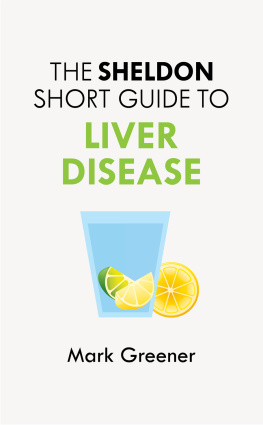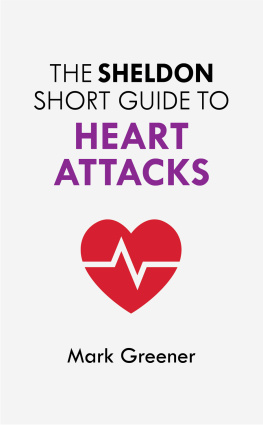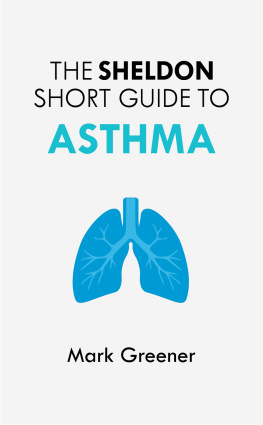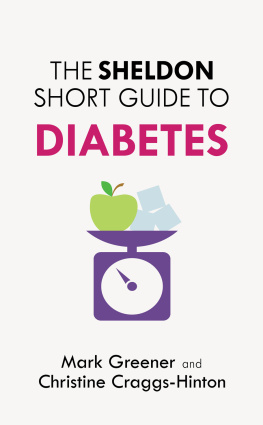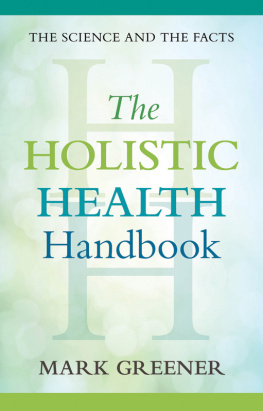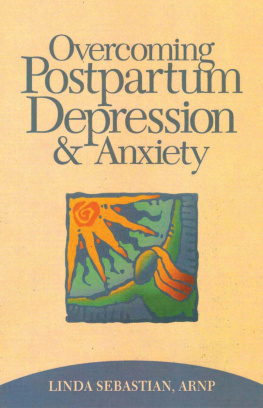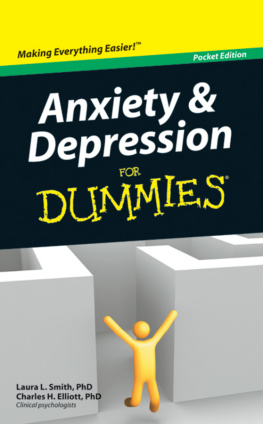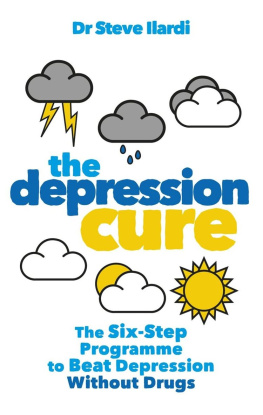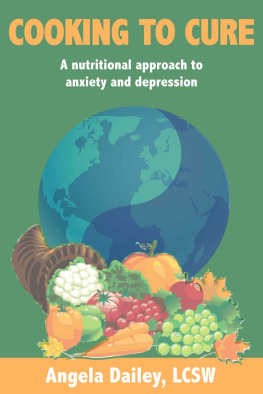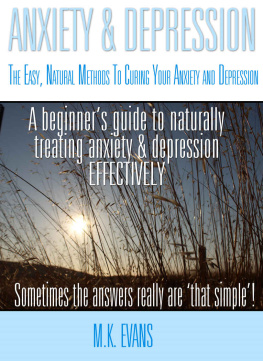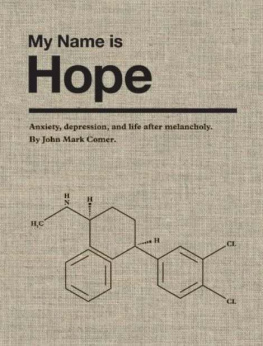2
The many faces of anxiety
Sometimes, anxiety is prudent. Anxiety produces physical, mental and behavioural changes that warn us of, and help us deal with, potential dangers, such as walking alone late at night. However, if anxiety or its milder counterpart, worry, nags away at you, you probably should deal with the trigger. As Tallis notes in How To Stop Worrying (see Futher reading), worry is like an alarm system that tells you its time to deal with a problem.
Anxiety disorders arise when our natural fear reaction is out of proportion to the threat or is excessively prolonged. Being terrified by finding a 15-centimetre (6-inch) Brazilian Wandering Spider in your supermarket bananas is prudent. The Wandering Spider produces one of the most deadly arachnid venoms. Being terrified by a money spider is a phobia.
About a fifth of adults experience an anxiety disorder at some time. Essentially, people with anxiety are highly sensitive to potential threats. Their enhanced fear response leaves them hyperaroused and sensitive. They may endure excessive and inappropriate fears about, for example, losing their job, road accidents and being attacked. They may imagine how things could get worse: its easy to create a cascade of problems arising from a trivial issue that lead to devastating consequences. People with anxiety fear the worst, making it difficult to take decisions even to alleviate their distress.
Anxiety can take many forms, from focused phobias to a generalized vague sense of danger. Psychiatrists call these the anxiety spectrum disorders. People with post-traumatic stress disorder (PTSD) and obsessivecompulsive disorder (OCD) share similar symptoms to classic anxiety disorders. Some psychiatrists now consider PTSD and OCD as separate to anxiety disorders. Nevertheless, they are closely related and well consider them later.
When anxiety goes awry
Anxiety increases mental alertness and heightens the acuity of your senses to help you detect danger early. Adrenaline and other chemicals flood your body. So, your heartbeat becomes more rapid, which means blood reaches your muscles more quickly. Indeed, the amount of blood reaching muscles may increase by 1,200 per cent.
These changes are part of the fight-or-flight response, which evolved to get us out of trouble quickly with the least possible damage. The fight-or-flight response was a lifesaver when our ancestors faced a rival tribe on the warpath or hungry carnivorous animals. Unfortunately, the fight-or-flight response does not distinguish between barbarian hordes and a pile of final demands, or between a sabre-toothed cat and a nagging boss.
The natural response when facing fear is to get and remain somewhere safe. So, people with anxiety often avoid situations that trigger anxiety or make sure they can escape, for example, by sitting close to a door. Fear focuses on the future
Hormonal changes
Many organs release or respond to hormones and other chemical messengers. For example, your adrenal glands, which lie on top of your kidneys, secrete several hormones including adrenaline, noradrenaline (called epinephrine and norepinephrine respectively in the USA) and cortisol that take part in the fight-or-flight response. These messengers, for instance, raise heart and lung activity, and slow digestion. They also release fat and glucose to fuel our muscles and other organs. Meanwhile, your brain produces natural painkillers to help you fight or escape even if you are injured.
The many forms of anxiety
Doctors diagnose anxiety when fear symptoms are prolonged or excessive, cause significant distress or hamper your social or daily life. Anxiety can take several forms, the most common of which are listed below.
- Generalized anxiety disorder (GAD): free-floating anxiety about several threats, usually accompanied by physical symptoms.
- Obsessivecompulsive disorder (OCD): recurrent, distressing or pointless thoughts and impulses that the person cannot ignore; performing a compulsion dissipates the anxiety.
- Panic attacks: sudden, intense, overwhelming fear accompanied by marked physical symptoms. People with panic attacks worry that they will lose control, become embarrassed or even die.
- Phobias: fear of an object, place, situation, feeling or animal that is out of proportion to the risk. Almost anything can trigger a phobia including: peanut butter sticking to the top of your mouth (arachibutyrophobia); being without a mobile phone (nomophobia); stickers (pittakionophobia); and thunder and lightning (tonitrophobia, among several other names). However, for people with these conditions, the phobia is no joke.
- Social anxiety: severe anxiety when a person feels that they are the centre of attention, such as speaking in public, working in a group and even signing a document or a cheque. Some psychiatrists regard social anxiety as a type of phobia.
- Illness anxiety: excessive or disproportionate preoccupations with having or acquiring a serious illness. People with this type of anxiety may fear, for instance, that a minor ache is the first sign of cancer, or pins and needles is the first sign of multiple sclerosis.
- Separation anxiety, which can affect adults as well as children.
Anxiety disorders and suicide
- Anxiety dramatically increases the risk of suicide and self-harm (page 19). For instance:
- agoraphobia (fear of situations where escape might be difficult or help would not be available) without panic disorder increases suicidal ideation between five- and eleven-fold and suicide about four- or five-fold;
- GAD increases suicide ideation between three- and eight-fold and suicide around five- or six-fold;
- panic disorder with or without agoraphobia increases suicide ideation between four- and six-fold and suicide about five-fold;
- PTSD (page 31) increases suicide ideation about five-fold and suicide around seven-fold;
- social anxiety disorder increases suicide ideation and suicide between four- and five-fold;
- specific phobias increase ideation about three-fold and suicide around three- or four-fold.
- People with anxiety disorders and their friends and relatives should watch for the warning signs of suicide (page 21).
You can have more than one anxiety disorder. A person with a severe zoophobia may endure panic attacks when they face animals. Anxiety can also cause physical symptoms: being sick with fear, having the runs or complaining of butterflies in the tummy. Anxiety also causes tense muscles; strong, fast or irregular heartbeats; pins and needles; shortness of breath and hyperventilation . Stroke survivors, for example, may experience panic attacks during which they hyperventilate, which they may mistake for another stroke. Even healthcare professionals can mistake panic attacks for stroke, heart attacks or asthma exacerbations.
Generalized anxiety disorder
People with GAD are excessively and inappropriately anxious about several (rather than one or two) potential unrelated threats, especially as people with GAD often realize their concerns are excessive or unfounded.
People with GAD usually recognize that their anxiety is excessive and inappropriate. Yet the intensity means that, untreated, GAD can undermine work performance, relationships and leisure activities. GAD also worsens outcomes for several physical diseases and increases the risk of depression, alcohol abuse and even suicide.
Nevertheless, people with GAD typically do not seek help for many years. Some seek medical attention only after depression emerges following several years of trying to cope with GAD or because they want relief from GADs physical symptoms. So, the sooner you get help, the better your prospects. Speak to your doctor, counsellor or psychotherapist.



